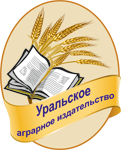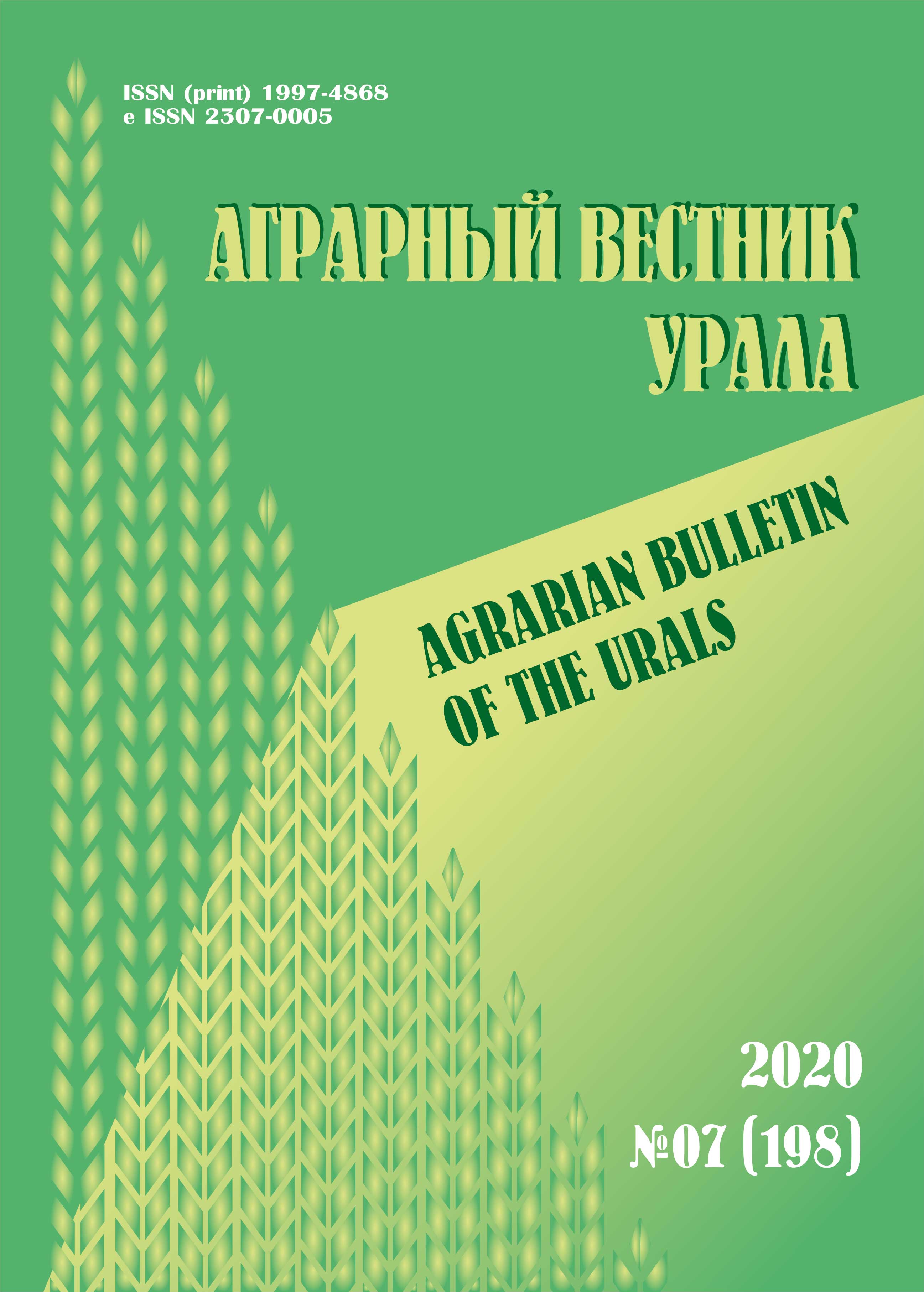Abstract. The experiments were conducted at Samara Research Institute of Agriculture, a branch of the SamSC RAS in 2018–2020. The purpose of the research. Evaluation of promising lines of peas from the competitive variety trial nursery for the nutritional quality of seeds to create new varieties for the Middle Volga region. Methodology and methods of research. The material for the study was 6 promising lines of peas. The nutritional quality of the lines were evaluated according to the following characteristics: the protein content and composition in the seeds, the boiling time of the seeds, the seed cooking coefficient, and the taste of the boiled seeds. The peas grew and developed in dry (2018–2019) and moderate (2020) weather conditions. Results. The protein content in the seeds of the lines was determined by external environmental factors, especially the weather conditions during the bean filling phase. The seeds accumulated more protein when the weather was dry during the bean filling. The protein content of seeds had a positive correlation (r = 0.944) with the average daily air temperature, and a negative correlation (r = 0.986) with precipitation during the bean filling phase. On average, the lines had the same protein content as the Samarius standard but corresponded to the standard value of high-quality varieties (not less than 24.0 %). The following lines had the same seed protein content as the standard (25.6 %): B3737/2-2 (25.2 %), Kt6575 (25.8 %), Kt6358 (24.9 %). These lines contained a large amount of water-soluble protein fraction in comparison with the standard: Kt6575 (16.9 %), Kt6358 (16.6 %), and B3737/2-2 (16.9 %). B3737/2-2 and Kt6575 showed high cooking quality (seed boiling time 110–122 minutes, seed cooking coefficient 2.5–2.6). All lines had a good taste of boiled seeds equal to 4–5 points. Scientific novelty. B3737/2-2, Kt6575, Kt6358 have been suggested to be used as sources of new varieties for their high cooking quality.
peas (Pisum sativum L.), variety, quality, cooking property, protein, taste. amino acids
1. Shorin E. Istoriya goroha v Evrope i Rossii [Elektronnyy resurs]. URL: https://mysadiogorod.com/ovoshhi/istoriya-goroha-v-evrope-i-rossii (data obrascheniya: 09.09.2021).
2. Krefting J. The Appeal of Pea Protein [Elektronnyy resurs]. URL: https://linkinghub.elsevier.com/retrieve/pii/S1051227617301516 (data obrascheniya: 09.09.2021). DOI:https://doi.org/10.1053/j.jrn.2017.06.009.
3. Taylor S. L., Marsh J. T., Koppelman S. J., et al. A perspective on pea allergy and pea allergens // Trends in Food Science & Technology. 2021. Vol. 116. Pp. 186-198. DOI:https://doi.org/10.1016/j.tifs.2021.07.017.
4. Dhaliwal S. K., Salaria P., Kaushik P. Pea Seed Proteins: A Nutritional and Nutraceutical Update [Elektronnyy resurs]. URL: https://www.researchgate.net/publication/349661558_Pea_Seed_Proteins_A_Nutritional_and_Nutraceutical_Update (data obrascheniya: 10.09.2021). DOI:https://doi.org/10.5772/intechopen.95323.
5. Zhogaleva O. S., Strel'cova L. G. Vysota rasteniya i ustoychivost' k poleganiyu sortov goroha pod vliyaniem helatnyh udobreniy // Agrarnyy vestnik Urala. 2021. № 05 (208). S. 31-39. DOI:https://doi.org/10.32417/1997-4868-2021-208-05-31-39. EDN: https://elibrary.ru/VJLLYP
6. Maystrenko O. A. Ocenka perspektivnyh liniy goroha po pischevym kachestvam i urozhaynosti zerna // Zernobobovye i krupyanye kul'tury. 2019. № 4 (32). S. 31-34. DOI:https://doi.org/10.24411/2309-348X-2019-11128. EDN: https://elibrary.ru/YBIWDD
7. Brailova I. S., Filatova I. A., Yur'eva N. I. [i dr.] Ocenka perspektivnyh sortoobrazcov goroha po kachestvu i vzaimosvyaz' biohimicheskih pokazateley s urozhaynost'yu i massoy 1000 zeren // Zernobobovye i krupyanye kul'tury. 2020. № 3 (35). S. 20-25. DOI:https://doi.org/10.24411/2309-348X-2020-11180. EDN: https://elibrary.ru/TMMZJI
8. Pahotina I. V., Omel'yanyuk L. V., Ignat'eva E. Yu., Asanov A. M. Osobennosti formirovaniya soderzhaniya belka v zerne goroha v usloviyah Zapadnoy Sibiri // Vestnik KrasGAU. 2020. № 10. S. 60-67. DOI:https://doi.org/10.36718/1819-4036-2020-10-60-67. EDN: https://elibrary.ru/YMAUHU
9. Omel'yanyuk L. V., Pahotina I. V. Asanov A. M., Ignat'eva E. Yu. Rezul'taty ocenki kachestva zerna liniy goroha konkursnogo sortoispytaniya v FGBNU «Omskiy ANC» // Zernobobovye i krupyanye kul'tury. 2019. № 2 (30) S. 36-42. DOI:https://doi.org/10.24411/2309-348X-2019-11085. EDN: https://elibrary.ru/KRZCHE
10. Gali K. K., Sackville A., Tafesse E. G. Genome-Wide Association Mapping for Agronomic and Seed Quality Traits of Field Pea (Pisum sativum L.) // Frontiers in Plant Science2019. Vol. 10. Rp. 1-19. DOI:https://doi.org/10.3389/fpls.2019.01538. EDN: https://elibrary.ru/SQQNUU
11. Gali K. K., Yong L., Anoop S., Marwan D., Arun S. K., Gene A., et al. Construction of high-density linkage maps for mapping quantitative trait loci for multiple traits in field pea (Pisum sativum L.) // BMC Plant Biology. 2018. Vol. 18 (1). Article number 2. DOI:https://doi.org/10.1186/s12870-018-1368-4. EDN: https://elibrary.ru/QLZOBU
12. Robinson G. H. J., Domoney C. Perspectives on the genetic improvement of health- and nutrition-related traits in pea. // Plant Physiology and Biochemistry. 2021. Vol. 158. Rp. 353-362. DOI:https://doi.org/10.1016/j.plaphy.2020.11.020.
13. Farooq M., Nadeem F., Gogoi N., et al. Heat stress in grain legumes during reproductive and grain-filling phases // Crop & Pasture Science. 2017. Vol. 68 (11). Rp. 985-1005. DOI:https://doi.org/10.1071/CP17012.
14. Dürr C., Brunel-Muguet S., Girousse C., et al. Changes in seed composition and germination of wheat (Triticum aestivum) and pea (Pisum sativum) when exposed to high temperatures during grain filling and maturation // Crop and Pasture Science. 2018. Vol. 69 (4), Pp. 384-386. DOI:https://doi.org/10.1071/CP17397.
15. Bobkov S. V., Uvarov O. V. Razrabotka optimal'nogo metoda polucheniya izolirovannyh belkov goroha dlya ispol'zovaniya v selekcii na kachestvo // Agrarnaya nauka Evro-Severo-Vostoka. 2020. 21(4). S. 408-416. DOI:https://doi.org/10.30766/2072-9081.2020.21.4.408-416. EDN: https://elibrary.ru/RFYUPS
16. Korolev A. A., Urubkov S. A., Koptyaeva I. S., Korneva L. Ya. Obschaya harakteristika i primenenie v tehnologii pischekoncentratov zernobobovyh rasteniy // Polzunovskiy vestnik. 2020. № 2. S. 35-39. DOI:https://doi.org/10.25712/ASTU.2072-8921.2020.02.007. EDN: https://elibrary.ru/OPRDFG
17. Bi S., Xu X., Luo D., et al. Characterization of Key Aroma Compounds in Raw and Roasted Peas (Pisum sativum L.) by Application of Instrumental and Sensory Techniques // Journal of Agricultural and Food Chemistry. 2020. Vol. 68. Pp. 2718-2727. DOI:https://doi.org/10.1021/acs.jafc.9b07711.









